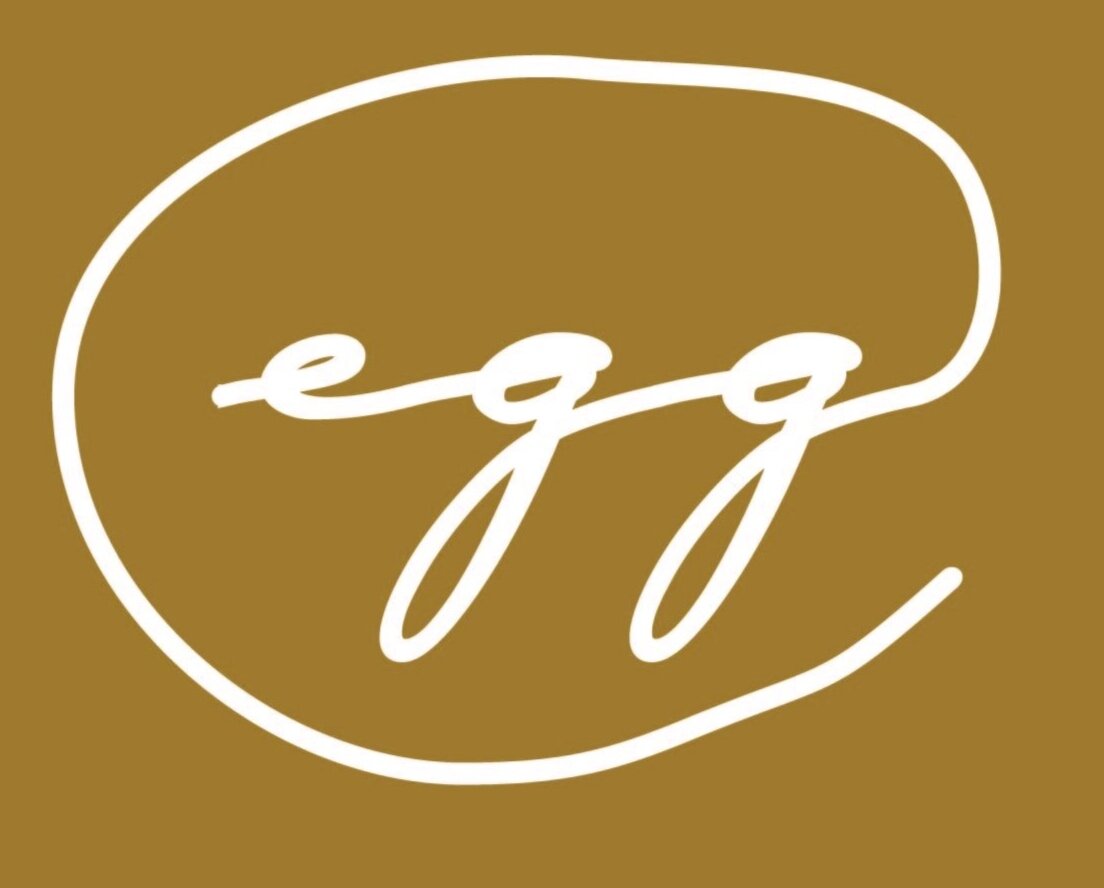Louise Bourgeois wearing the latex sculpture Avenza (1968–69) which later became part of Confrontation (1978), 1975. Photo: Mark Setteducati, © The Easton Foundation/Licensed by VAGA at ARS, NY
LOUISE BOURGEOIS (1911-2010)
Louise Bourgeois was a French-American artist. Best known for her sculptural works, including her towering spiders, the largest of which is titled “Maman” referring to Bourgeois’ own mother; Bourgeois was also a prolific printmaker, painter and writer. While stylistically varied, Bourgeois’ work routinely examines themes of trauma, childhood, fear and the body.
Born in Paris in 1911, Louise moved in 1919 to Antony, a suburb of Paris, where she helped her parents at their antique tapestry restoration business. She worked repairing the edges of the pieces, often frayed depictions of feet. During her youth, Bourgeois’ life was impacted by a number of traumatizing events including the threat of war, her mother’s illness and eventual death in 1932, only a few months before Bourgeois entered the Sorbonne to study mathematics. Perhaps most impactful, was the discovery that her father had taken her English tutor, only 6 years her senior, as a mistress. A betrayal Bourgeois would return to again and again in her work.
The death of Bourgeois’ mother, Josephine, became a turning point in her life, serving as the catalyst for her to leave behind mathematics to study art. In 1938, she opened a small gallery in her father’s tapestry business where she sold prints, drawings and artist books. Bourgeois met her soon to be husband, American art historian Robert Goldwater, at the gallery and after marrying in 1938, moved to New York to join Robert. The couple resided in New York until their subsequent deaths, Robert in 1973 and Louise in 2010 at the age of 98. In the 1940’s the couple had three sons. Their first son, Michel, whom they adopted from France, followed by biological sons, Alain and Jean-Louis. Michel predeceased his mother, passing away in 1990. During her children’s early years, Bourgeois set up a small printing press in her studio in order to continue working.
In 1945 Bourgeois had her first solo show of paintings at Bertha Schaefer Gallery in New York, followed by shows of her first sculptural works at Peridot Gallery in 1949, 1950 and 1953. Bourgeois’ works were also included in group shows at the Whitney Museum of American Art and Peggy Guggenheim’s gallery. Early attention however was followed by a decade without showing work. During this time period Bourgeois turned to psychoanalysis as a means of controlling her anxiety and depression.
Over the course of her career, Bourgeois influenced countless students, teaching at Pratt Institute, Cooper Union, Brooklyn College, the New York Studio School of Drawing, Painting and Sculpture and the School of the Visual Arts in NY. Bourgeois also held group salon style critiques of young artists’ work at her home in Chelsea, referred to as “Sunday, Bloody Sundays.”
Not until the 1980’s - 1990’s did Bourgeois solidify the art world acclaim and acceptance that she had been working towards for decades. This period was marked with her first retrospective exhibition at The Museum of Modern Art in 1982 at the age of seventy years old. The retrospective at MoMA was followed by countless shows around the U.S. and Europe including the Kunstverein, Frankfurt; Tate Modern, London; the State Hermitage Museum, St. Petersburg; Center Georges Pompidou, Paris; and Haus der Kunst, Munich. Bourgeois is considered to be one of the most influential artists of the 20th Century. She produced work up until her death in 2010.
Hair, 2000
Drypoint on Yugen paper
Paper size: 15” x 12”
Image Size: 8” x 5 3/4”
ED of 25
© The Easton Foundation/VAGA at Artists Rights Society (ARS), NY
Courtesy of Harlan & Weaver
“The themes that come out of Louise’s work, are themes to do with life, and loving, and living, and suffering, and dying… they are profoundly human emotions and a continuous iteration Louise is writing in her titles is ‘I do, I undo, I redo’, so there is this idea that through life we make things, we unmake them, we remake them. Bourgeois whole life was about trying, failing and doing it again.”
“I have three frames of reference … my mother and father … my own experience … and the frame of reference of my children. The three are stuck together.”
— Louise Bourgeois



